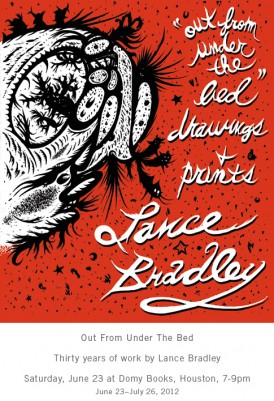DVD: Walt & El Grupo
There are many urban myths about Walt Disney. Some of them are addressed directly in the documentary Walt & El Grupo. As much as I enjoyed this look at the nascent Disney company in the early 1940s it took a while for its lingering images of a corporate journey to South America to settle. Watching the DVD a second time but with the commentary track activated the film became an entirely new experience, highlighted by director Theodore Thomson and film historian J.B. Kaufman providing astute background facts on the time and place.
The trip was underwritten by the United States government as a goodwill mission to neutral nations in August and October of 1941. Disney was not a major player in that era. Disney films were distributed in the 30s and 40s by a succession of Universal, United Artists, and RKO, themselves major studios of the time. But there was no greater agitprop figure for American values against the Axis powers than Mickey Mouse.
Thomson certainly has his finger on the pulse of what made Disney become the workhorse it is today, his father was one of the studio’s classic animators. Thompson also previously directed the Disney documentary Frank and Ollie. All in all this is one great year for Disney docs, with Walt & El Grupo as well as Waking Sleeping Beauty. The latter film looks at the studio during a transformative phase in the late 80s and early 90s.
Walt & El Grupo includes, as an extra, the unexpurged Salutos Amigos one of two South American themed cartoons produced by Disney after the trip. During its initial DVD release years ago Salutos Amigos clipped a few second of Goofy taking a drag off a cigarette. The 1940s are like Las Vegas – everybody smoked.
Thompson, speaking to Free Press Houston by phone talked about the amount of research that went into Walt & El Grupo. Thompson lets the viewer hang over the issue of whether Walt Disney was frozen at death. Disney was not frozen, repeat not frozen at death, this isn’t the Ted Williams tale. Yet Thompson introduces the controversy at the film’s midpoint only to cleverly disclose the truth during the final credit roll. Much of the story’s told through letters written by members of the trip to their families. “There was no photography allowed on the plane flights in South American,” Thompson explains about the large amount of drawings and animated footage seen in Walt & El Grupo. “All the letters have censor stamps,” he adds.
Walt & El Grupo cuts between reading of the letters, contemporary footage of the same places visited nearly 70 years ago, and actual footage shot in 16mm Kodachrome, some of it lensed by Uncle Walt himself. That same hand wound Bell & Howell camera is on display at the Disney headquarters, Thompson informs. Of the many things that resulted from the trip was the introduction of cartoon parrot Jose Carioca and the domestic acceptance of the Samba dance.
- Michael Bergeron















